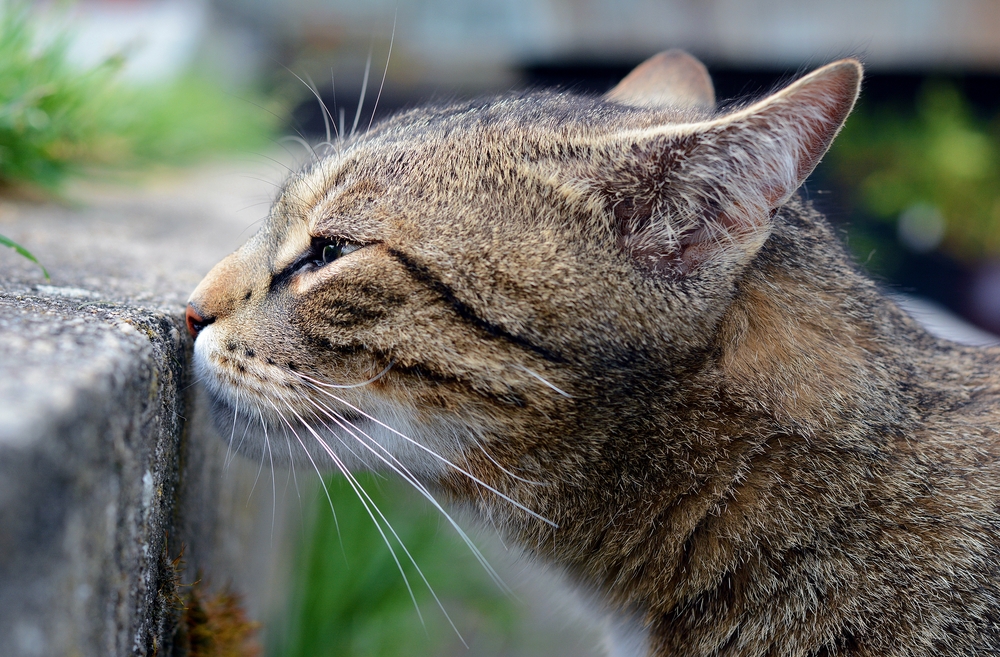
[ad_1]

The gas chromatograph, a ubiquitous scientific instrument used to separate and analyze different gasses, could learn a great deal from the cat’s nose, a new study says. As the first detailed study of the feline sniffer, it reveals a dual-channel system in the nose that the instrument could perhaps replicate.
“We know so much about vision and hearing, but not so much about the nose. This work could lead to more understanding of the evolutionary pathways behind different nose structures, and the functional purpose they serve,” says Kai Zhao, an associate professor of otolaryngology in Ohio State’s College of Medicine, in a press release.
How Was the Study Done?
The channel system serves as major highways on a complex road system. A cat inhales air into its nose, flooding both, and they in turn infuse a labyrinth of small passages called turbinates that clean and humidify the air. The turbinates pass the air on to the olfactory region lined with olfactory epithelium, which detects odors.
The study mapped this complex network by CT-scanning the cadaver of a domestic short hair cat, revealing the intricate folds and passageways winding through the cat’s ethmoid bone. Humans also have turbinates, but ours consist of a few simplistic folds, and we have the comparatively weak sense of smell to match.
“For mammals, olfaction is very important in finding prey, identifying danger, finding food sources and tracking the environment,” Zhao says in a press release.
Dogs possess even more complex nasal passages than cats and humans, allowing them to ruminate on a scent with great focus.
A CT scan of a cat’s nasal cavity, showing the networks inside. (Credit: Wu et al, PLOS Computational Biology 19[6]: e1011119)
The Complex World of Cat Breathing
Researchers discovered that with cats, the dual streams serve different purposes. The first channel goes low and relatively slow and spreads through the turbinates before eventually reaching the olfactory region. This gradual pathway resembles a gas chromatograph with a long tube designed to detect more chemicals at a slower rate.
The second stream runs fast and heads straight for the olfactory region, where it allows for quick detection of important smells. This comes at a trade-off however, as the faster an odor passes through the system, the less efficient the detection. While the second lane may quickly detect a predator at close range, the first may be needed to identify one from a paw print.
Once air arrives at the olfactory region, it circulates through parallel channels that make the most of each breath.
“That was actually a surprise,” says Zhao. “It’s like you take a sniff, the air is shooting back there and then is being processed for a much longer time.”
Turbinates Make It Possible
Overall, the cadaver studied possessed a surfeit of olfactory epithelium tucked inside its turbinate folds, which would have allowed it to out-sniff more rudimentary noses. The researchers estimated that this cat and others like it would have possessed noses about 100 times more powerful than those of similar-sized amphibians with simplistic “straight noses.”
While the paper proposes a cat-like dual-flow design for gas chromatographs, its results also speak to an understudied organ.
Read More: Cat Lifespan Demystified: How Long Do Cats Live?
[ad_2]